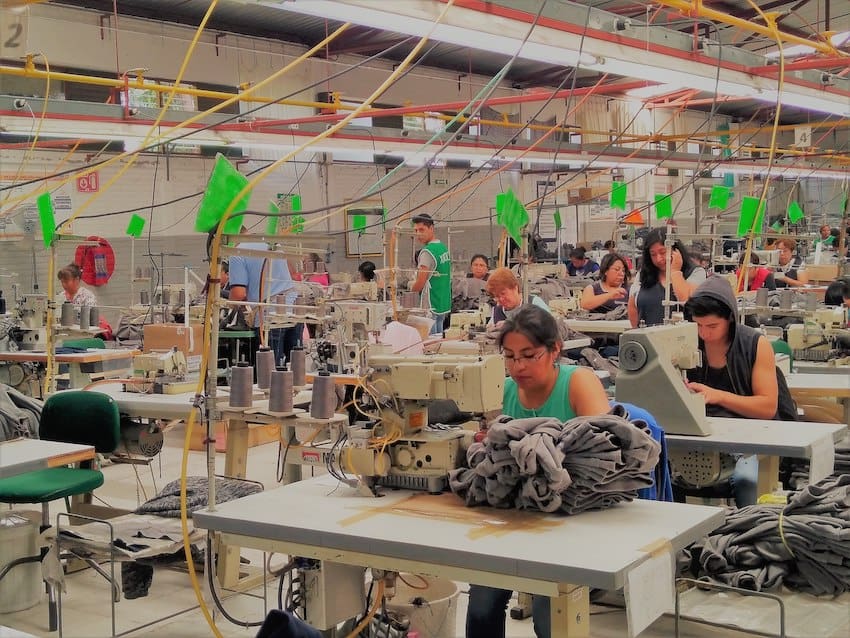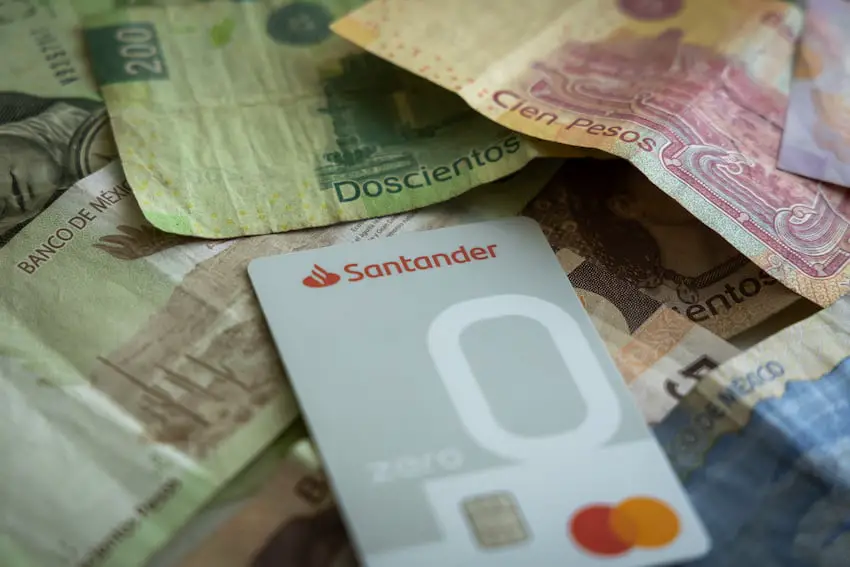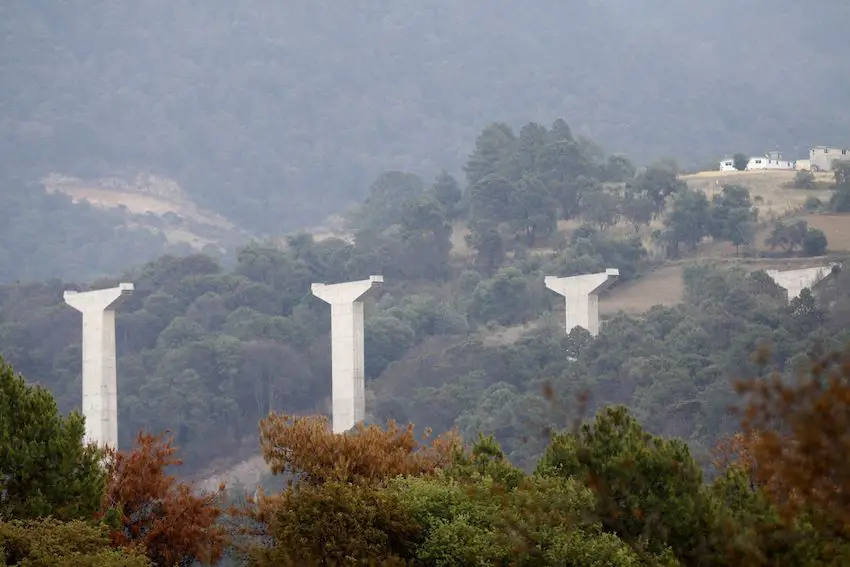IMF proposes 5 ways to boost investment and growth in Mexico

Mexico needs to implement “ambitious” structural reforms to take advantage of its nearshoring opportunity and make economic growth “more inclusive and sustainable,” according to the International Monetary Fund (IMF).
IMF staff who recently completed an official visit to Mexico said that “the ongoing reshaping of global supply chains is an important opportunity for Mexico.”
In a statement published Tuesday, the IMF also said that Mexico’s “proximity to, and deep trade links with, the U.S. make it a key location for the ‘nearshoring’ of production for the U.S. market.”
“However, capitalizing on this potential and competing with other production locations will require addressing Mexico’s long-standing structural challenges while continuing to pursue prudent macroeconomic policies,” the financial organization said.
In that context, the IMF proposed an “ambitious” and “reinvigorated” set of reforms aimed at making Mexico a more attractive place to invest and growing the economy. More specifically, the proposals are targeted at achieving five distinct goals.
Goal 1: Get more women in the workforce
“Boosting female labor force participation and removing legal impediments to female economic empowerment would improve potential growth and raise living standards,” the IMF said.

The organization noted that the gap between male and female labor participation rates in Mexico is among the highest in the OECD, “despite considerable progress in removing institutional impediments to women.”
According to the World Bank, the labor force participation rate among females was 45.7% in 2022 and 77.5% among males.
The IMF said that “targeted fiscal policies and legal reforms could help close gender gaps.”
Those policies and reforms should be aimed at seven outcomes, including equal pay for equal work; greater investment in maternal healthcare and childcare; and a reduction of inequities in education.

Goal 2: Improve governance
The IMF said that better governance would improve the business environment in Mexico.
“Better coordination among national, state, and municipal levels would be important to effectively implement the existing anti-corruption framework and ensure its proper enforcement,” the organization said.
The IMF also said that by making better use of its anti-money laundering framework, Mexico “could help prevent, detect, and deter proceeds of corruption and tax evasion.”
Goal 3: Improve infrastructure and reduce red tape
Achieving this goal would help attract private capital to Mexico, the IMF said.

“Filling critical infrastructure gaps – in transport, water, and energy – would help meet the growing needs of firms investing in Mexico,” the organization said.
To make dealing with Mexico’s bureaucracy easier, the IMF recommended “streamlining custom procedures, easing licensing and permitting procedures (e.g., in road transport and custom brokerage), and removing foreign direct investment restrictions (e.g., in the transport sector).”
Doing those things would “incentivize investment and encourage technology transfer,” the Fund said.
President López Obrador has likened the state bureaucracy his government inherited to a “rheumatic elephant,” but claims that improvements have been made.

United States Secretary of State Antony Blinken said last week that “Mexico’s overhauled one-stop shop website” – the federal government’s “ventanilla única” – “is providing prospective investors the tax and regulatory information that they need to take advantage of” U.S. policies aimed at boosting investment in sectors such as renewable energy and semiconductors.
Goal 4: Facilitate access to credit
The IMF said that a “deepening of domestic financial intermediation” – the process in which money is transferred from third parties with a surplus to those with a lack of funds – “could provide resources for private investment.”
The Fund acknowledged that “efforts in recent years have expanded access to credit, increased the availability of bank branches and financial products, improved financial sector transparency, increased digital connectivity, and encouraged financial innovation.”
Those initiatives “could be complemented by a reduction in the obstacles to collateral recovery (including through a strengthening of the functioning of the judicial system), investments in improving financial literacy, further transparency of financial products, and an expansion of internet access in remote areas,” the IMF said.
The organization’s proposals in this area would primarily benefit potential or existing Mexican investors.

Goal 5: Address climate change
Incentivizing a switch to renewable energy such as wind and solar “has the potential to encourage industrial investment,” the IMF said after noting that multinational companies now “incorporate environmental standards in their location decisions.”
It also said that a shift away from generating power from fossil fuels will help the Mexican government meet its emission-reduction targets, which, in turn, could also help attract foreign investment.
The IMF said that Mexico’s “increased focus on electrification” – which includes a goal of increasing electric vehicle sales to 50% of total car sales by 2030 – should be accompanied by “a switch to low carbon and renewable sources of generation.”
“Increasing the carbon tax – and/or the shadow price of carbon in the emission trading scheme – to around US$50 per ton would be broadly consistent with the authorities’ emission goals,” it said.
Mexico News Daily
Source: Mexico News Daily

